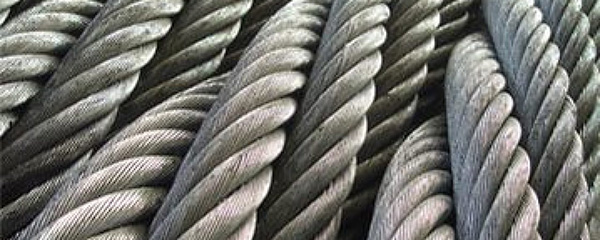
..........................................................................................................................................................................................................
out of sight and out of mind

as i write, the sun is almost splitting the skies, and it's warm enough to sit in the back garden in shorts and a t-shirt (not that i'm going to, obviously). as the sun moves over towards the west, the office tends to heat up to the point of forcing us to leave early, when we'd obviously prefer to remain indoors, working our fingers to the bone. however, this is the calm following the storm; on thursday, other than the early morning ferry, all others were cancelled due to winds gusting in excess of 70kph. overnight, the windspeed had allegedly reached 100kph, not entirely unheard of at this time of year, but not particularly common either.
it's the attempt to cheat the latter that has allegedly led the world's road bike manufacturers to indulge in intensive studies to encapsulate any form of cable wihtin the bicycle frame. though there have been bicycles for many years guilty of routing at least the rear brake cable within the top tube, it was the advent of electronic gear-shifting that persuaded a collaboration between component and frame purveyors to look at a cosmetic and pragmatic alternative to cable-ties around the downtube.
the very first bicycle i reviewed featuring shimano di2, had the battery bolted on the seat tube, and those flimsy wires were, as mentioned above, simply cable-tied to the frame. the latter had me overly concerned that i'd be soon making one of those "you'll laugh when i tell you..." phone calls to the distributor. further development introduced a shaped battery that would snugly fit inside the seatpost, aiding and abetting each and every attempt to move the cables indoors too.
the very fact that manufacturers were making their frames with internal cable routing provision, led to the removal of cable stops and a determined necessity to move mechanical cabling inside too. the specialized crux elite that sits in the bikeshed has all its cables hidden from view, including routing the front hydraulic disc cable down the inside of the fork leg.
this has arguably been taken to its current logical conclusion in specialized's s-works tarmac, where images would have you scanning with a magnifying glass to find even the hint of a cable. even the stem and handlebars have been engineered to hide the wires from view. and this is where a practical requirement has been niftily side-swiped by the marketing department and reconstituted as aerodynamics. to quote from their website 'Aero is everything - we've been preaching it for years and it's still the driving force for the new Tarmac.' it's all very well making statements like it's '45 seconds faster over 40km than the Tarmac SL6', but will it make that much difference to you and me?
no.
what it will do, however, more specifically for those of us still in thrall to mechanical groupsets, is make it at least twice as hard to change cables when things start to get sticky. in the 1990s, i owned a colnago superissimo which routed the rear brake cable through the top tube. aside from the faff of trying to change the cable, it took less time than you'd hope for friction to intervene, providing an excellent opportunity for left-hand isometric exercises. road.cc's dave arthur, a man with far greater experience than i when it comes to reviewing bicycles told me "An issue I've noticed in mechanical groupsets, is harder shifting. So that's clearly compromised."
dave had originally mentioned on twitter, "How long before external cables are a thing of the past? Or do you hate this new trend?" and i believe that he hit the nail on the head when referring to it as a trend. a bit like the current tendency to have the seat stays meet the seat-tube at the half way point, which, as far as i know, pays more heed to aesthetics than engineering principles. i feel sorry for the world's bicycle mechanics who now have an added level of marketing induced trial and tribulation with which to cope. moving the fragile electronic cables inboard does make a lot of sense, but i'm far more in favour of leaving mechanical and hydraulic cables free to blow in the wind.
as the eminent richard sachs once said 'these people are not in the business of making bicycles. they're in the business of making money"
and i fear i would be failing in my duties as a professional cynic if i left without mentioning another trend; that of aero frames. this has led to what were once round tubes, having gained a more box-like profile and downtubes becoming flattened to offer a more svelte profile into the wind. one does wonder why boeing and airbus industries haven't cottoned on to such aerodynamic efficiency? however, i do consider myself something of an expert when it comes to riding in the wind, so it may come as something of a surprise to learn that strong winds don't always arrive from the front, never mind a single direction.
based on practical experience riding with campagnolo's 35mm bora wheels, a galeforce crosswind can give those a hefty and often unexpected sideways shove. though i'm no aerodynamics expert, i'd be willing to bet that those same crosswinds would do likewise to a wide, flat aero downtube. what price specialized's 45 second advantage then? these much-vaunted developments may conceivably offer advantages to the professional classes, where, in certain circumstances, every second counts, but until the uci sanctions a road race that continues in one direction into a mild headwind for its entirety, i think we might be looking at the emperor's new clothes.
now, about nuclear fusion...
saturday 22 august 2020
 ..........................................................................................................................................................................................................
..........................................................................................................................................................................................................